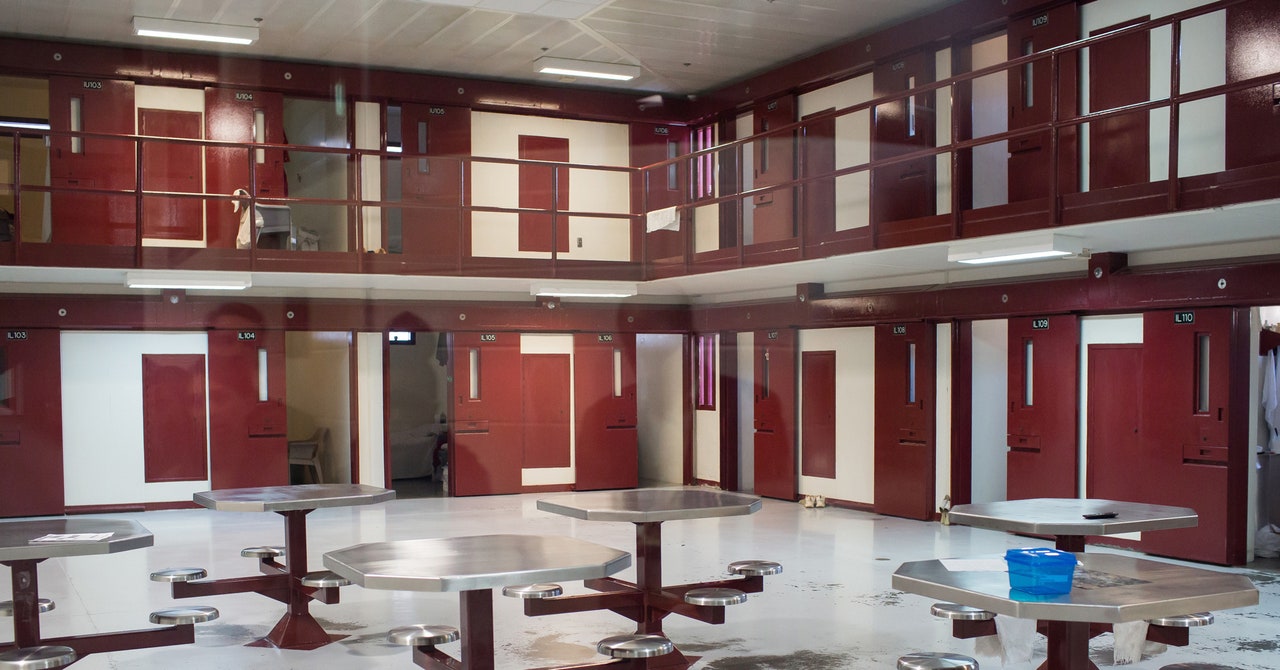In Kevin Smith’s most popular TikTok video, he shows off a makeshift water heater he built in prison. Narrating over Eminem’s song “Godzilla,” Smith explains how he diverted an electrical wire from a light fixture to a metal bucket hung from a hook on the wall. “Before I made it to work release this is how I made hot water!” the caption reads. The video is tagged #prisonlife.
“I posted the video just to show people the ingenuity of prisoners,” says Smith, who was released from Florida’s South Bay Correctional Facility in April after completing a seven-year sentence for falsely impersonating a law enforcement officer. On TikTok, the clip has been viewed almost a million times.
TikTok excels at connecting users based on their identities, and as a result, there’s a corner of the app for almost everyone, from Cop TikTok and Doctor TikTok, to Lesbian TikTok and the teens who gripe about their strict parents. With more than 2 million people locked up in prisons or jails in the United States, perhaps it shouldn’t come as a surprise that there’s a Prison TikTok, too. There, inmates use contraband cell phones to share dancing videos and funny skits, as well as broadcast information about conditions at their facilities. The lives of incarcerated people are often intentionally hidden from the public, but on TikTok, amid an historic push for criminal justice reform, they’re going viral.
Like most TikTok subgenres, there’s plenty of lip syncing and elaborate, coordinated dance routines on Prison TikTok. But the most popular videos often depict daily life: Prisoners give tours of their cells, show how they cook, and film the stray cats who linger outside the barred windows. A clip featuring a group of inmates explaining how they made a bootleg phone charger has been viewed more than 10 million times on the platform. In another video with almost 9 million views, an inmate memes about the difficulties of being bisexual in an environment where macho masculinity is the norm. Some Prison TikTok accounts have amassed hundreds of thousands of followers, many of whom stumble upon the videos through TikTok’s recommendation algorithm. (TikTok did not provide comment for this story.)
Recently, fears about getting sick are a regular topic of discussion, as the coronavirus pandemic ravages correctional facilities across the country. The largest known clusters of the virus in the US are now all inside prisons or jails, according to New York Times data. In April, after rapper Tekashi 6ix9ine was released from prison over fears he might contract Covid-19, the same inmate who filmed the bisexuality video went on TikTok to express outrage that other, non-famous prisoners weren’t also freed. “There’s tons of people in federal prison that are locked up, that are going to die if [Covid-19] gets into these prisons, which it already has,” they said, adding that many people at their facility have preexisting conditions like cancer and heart disease. “If you think that is messed up, just like this video and share it so that hopefully someone that matters can see it.” During the pandemic, other prisoners in states including Alabama and Ohio have used cell phones to contact news outlets, raising awareness about issues like not having enough soap available to wash their hands.
From solitary confinement to overcrowding and violence, atrocious conditions inside prisons have been an issue long before the pandemic. The population behind bars in the US is disproportionately made up of Black and Hispanic people, and overall constitutes one of the most isolated and marginalized groups in American society. Civil liberties groups like the ACLU and Human Rights Watch have repeatedly called on federal and local government to reform prisons and reduce the incarcerated population overall.
Contraband cell phones are one of the few avenues for prisoners to call attention to problems from the inside. Earlier this month, one TikTok user who indicated they were an inmate at a Mississippi prison posted a video of

